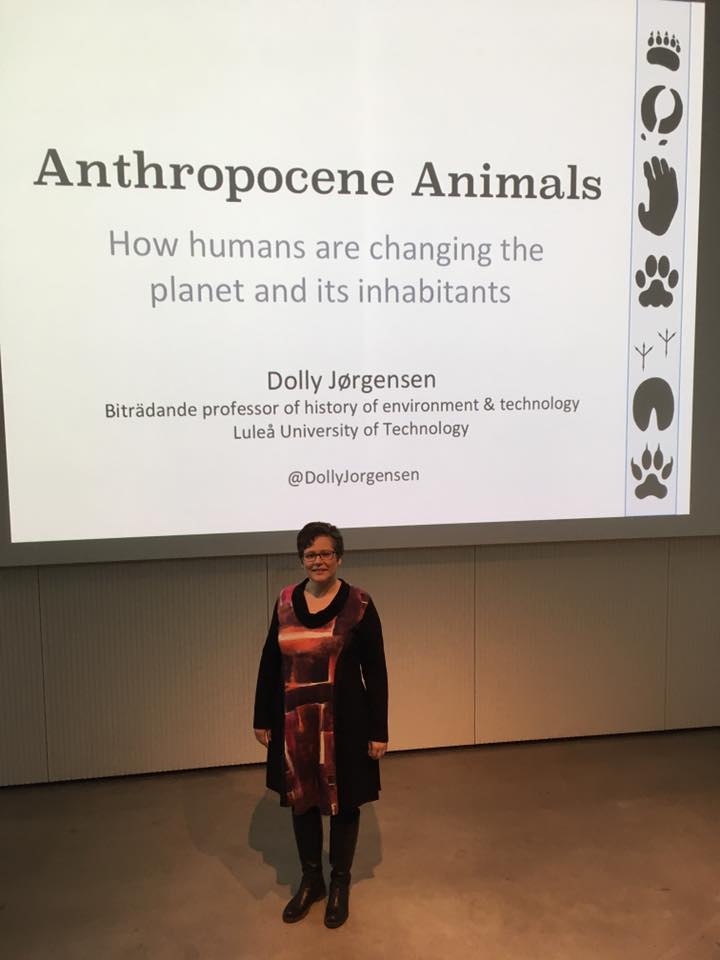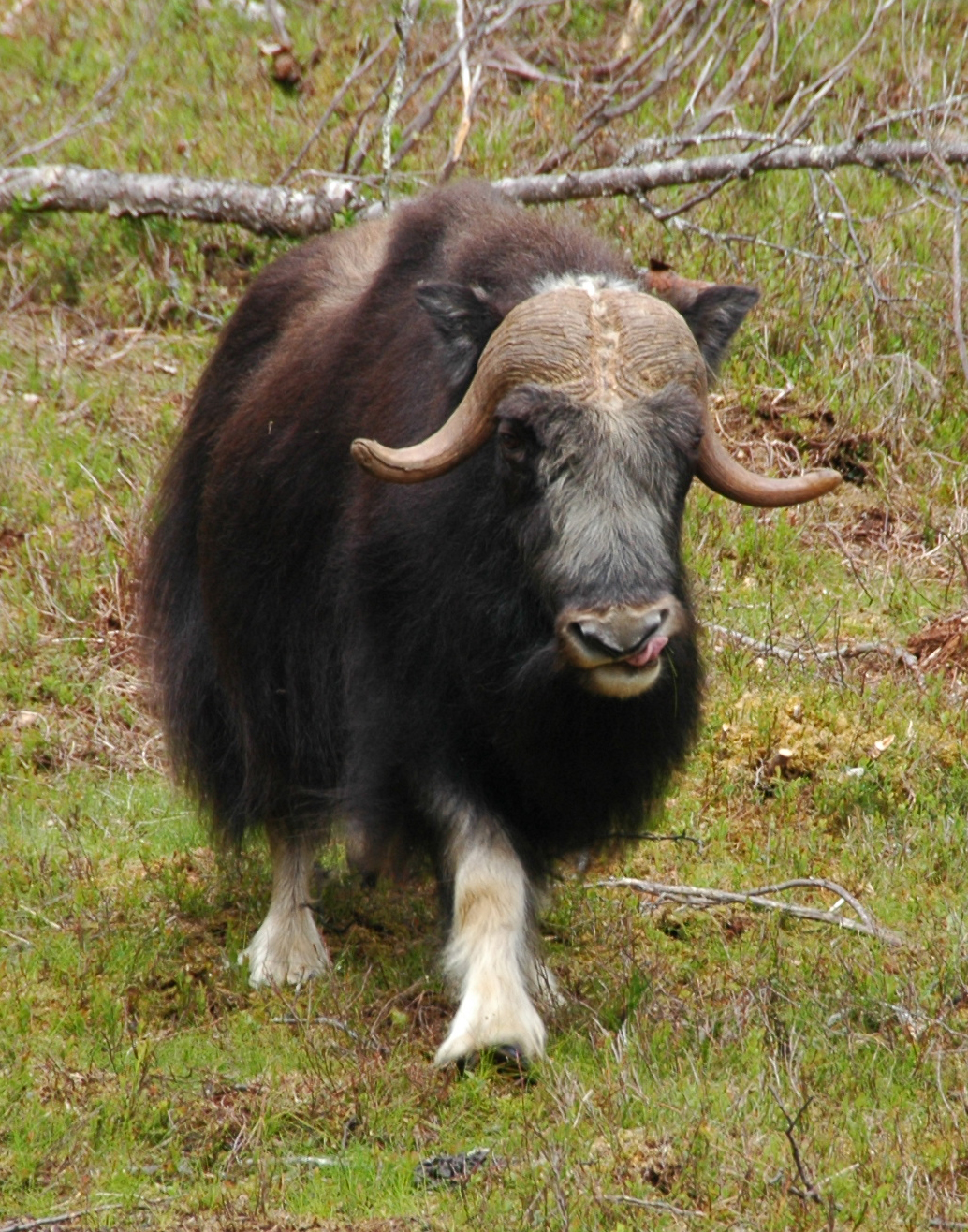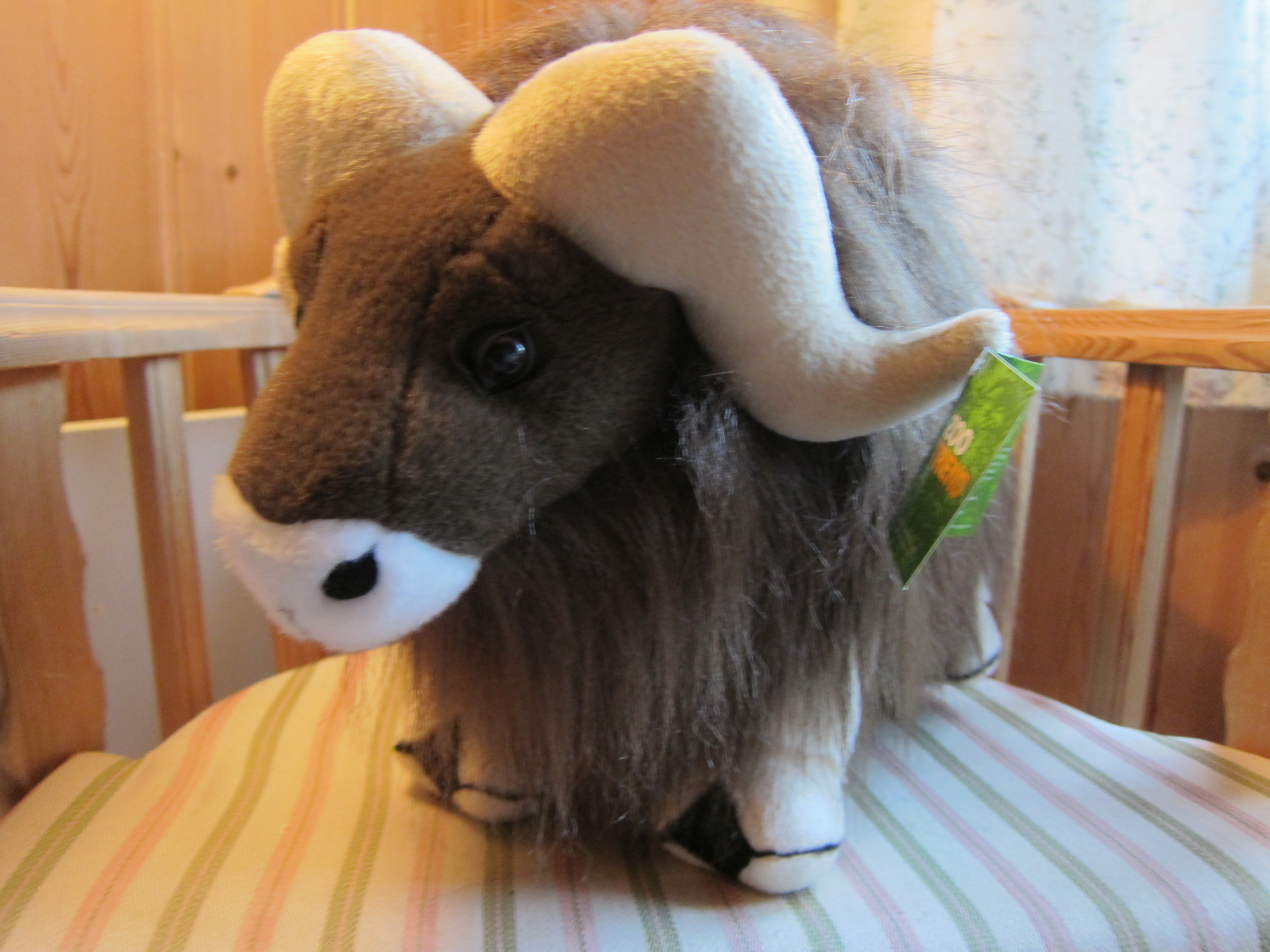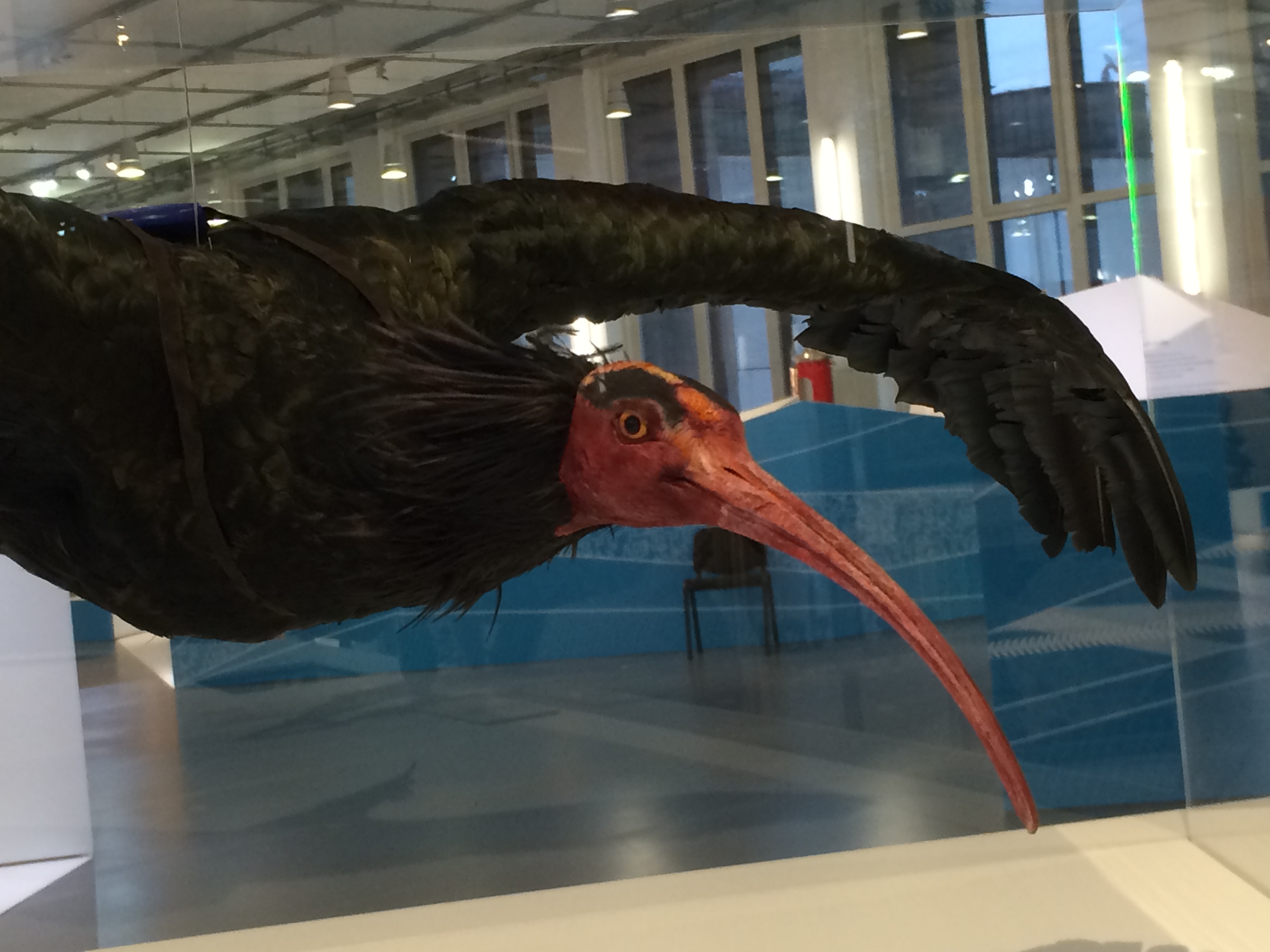
Anthropocene Animals
There has been a wide acceptance among scholars that we are living in a new age. This has been labeled to encapsulate the human (anthropos) nature of the age as the Anthropocene (although other names such as Capitalocene have been proposed as well). While originally proposed as a geologic era with special relevance for the geologic and atmospheric sciences, it has been picked up throughout the natural and human sciences, including history, as a way of talking about a human-dominated planet.
When I was asked to give a public lecture in conjunction with a new art exhibit “Perpetual Uncertainty: Contemporary Art in the Nuclear Anthropocene” at the contemporary art museum Bildmuseet in Umeå, Sweden, I wanted to think about the exhibit’s use the Anthropocene in the context of the non-human animal inhabitants of the planet. I decided to title my talk “Anthropocene Animals: how humans are changing the planet and its inhabitants.”
The opening of the exhibit in October 2016 could not really have been better timed. The International Commission on Stratigraphy had established a Working Group on the ‘Anthropocene’ to make a recommendation about possible geologic markers to delineate the Anthropocene from the Holocene, which started about 11,500 years ago. In August 2016, the Working Group recommended that the Anthropocene be started in about 1950 to align with radioactive fallout from nuclear materials. The decision was that we are living in the Nuclear Anthropocene.
With this in mind, I opened my talk with the animals of Chernobyl and Fukushima, then laid the groundwork of the Anthropocene as a time period, then turned to some of the ways we humans have been modifying animals in the longue durée. I organised the talk into three areas that match with things I’ve been researching over the past few years: domestication, distribution, and deextinction. Throughout the talk, I connected my ideas to the art works on display (which you can see even if you can’t come to Umeå in the Nuclear Culture Source Book that serves as exhibit catalog and additional resource).
At the end of the talk, I showed a clip from the final scene of Them!, the science fiction thriller movie from 1954. In the film, early atomic tests in New Mexico had caused ants to mutate into giant monsters. As the last of the ants is being killed, one of the onlookers wonders, “if these monsters are a result of the first atomic bomb in 1945, what about all the others that have been exploded since then?” The scientist protagonist answers:
When man entered the atomic age, he opened a door into a new world. What we’ll eventually find in that new world, nobody can predict.
That is the perpetual uncertainty that the name of the exhibit implies. And it is the uncertainty we will continue to face about the effect of humans on the non-human animal inhabitants of the planet. We are all Anthropocene animals.




